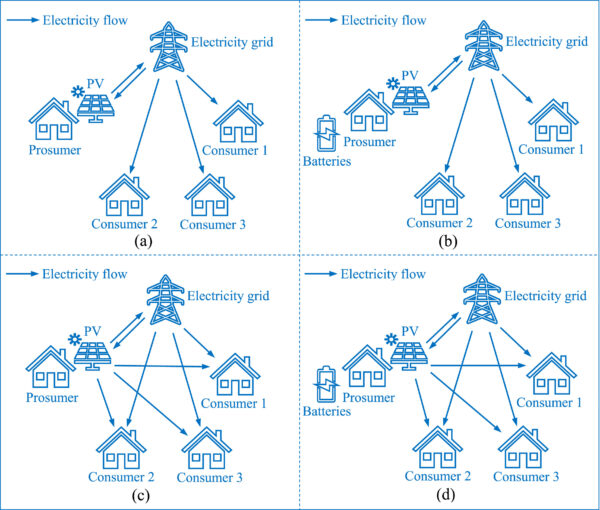Peer-to-peer solar trading boosts returns, say Australian researchers
Australian researchers have found that households can trade surplus solar power with neighbors through peer-to-peer energy sharing, a model that could stabilize the grid and deliver better returns than retail feed-in tariffs.

Australian researchers have found that households can trade surplus solar power with neighbors through peer-to-peer energy sharing, a model that could stabilize the grid and deliver better returns than retail feed-in tariffs.
Researchers at the University of South Australia and Deakin University in Victoria have found that households with solar panels gain more benefits from using peer-to-peer (P2P) energy sharing. Acting as “prosumers,” they can sell surplus power to neighbors, support grid stability and secure higher returns than current retailer feed-in tariffs.
The researchers said the role of prosumers is becoming more important as nearly 40% of Australian households, or 4.1 million homes, use rooftop solar. The influx of excess energy is overloading the grid and driving down feed-in tariffs, raising questions about the economic value of the technology.
The study used real-world data from a 10 kW solar-powered home in Geelong, 75 km southwest of Melbourne. It simulated energy generation, consumption and sharing across four models over 12 months, including interactions with three neighboring consumers.
They published their results in “Technical and economic analyses of grid-connected residential PV considering batteries and peer-to-peer energy sharing.” The paper compares the different energy models to help householders and energy policymakers design more efficient, community-based solar systems.
The models include:
- Peer-to-grid (P2G) – exporting excess energy to the grid
- P2G with batteries – storing surplus energy before selling to the grid
- Peer-to-peer (P2P) – sharing surplus energy with nearby householders at an agreed price
- P2P with batteries – storing energy for self-use, then sharing remaining surplus with neighbours

Researcher Dr. Kevin Wang said modeling showed that under current conditions, P2P energy sharing cut neighbors’ grid electricity use by more than 30%. He said pairing it with a 10 kWh battery delivered the highest return for solar owners over 20 years, at AUD 4,929 ($3,166).
“P2P energy sharing delivers significant benefits compared to traditional grid export arrangements, particularly when feed-in tariffs are low,” Wang said.
To continue reading, please visit our pv magazine Australia website.
What's Your Reaction?



















































